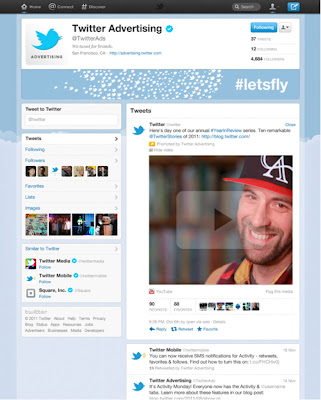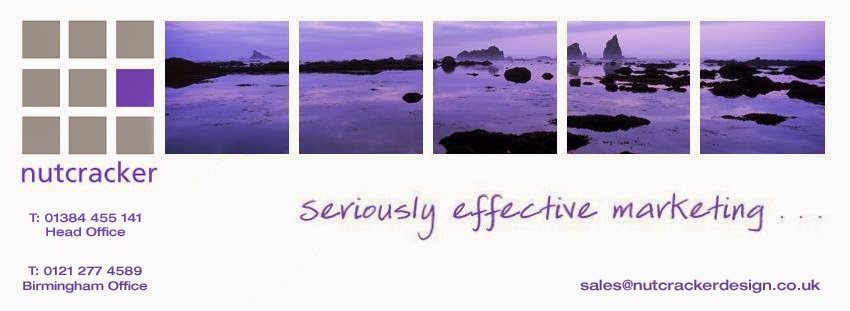Mobile Web:
Do you have a robust mobile strategy?
Currently only 21% of companies have a mobile strategy.
Smart phones are definitely here to stay, mobile internet usage has grown exponentially and it is predicted in 2013 that it will overtake desktop internet usage. In 2011 consumers spent more time on mobile devices then they did on desktop devices.
Don’t panic if you are one of the 79% of companies that have no mobile strategy, if you have a website then it can be viewed on a mobile device, whats your point then? I hear you ask.
Well two things:
1: it takes much longer to load a website on a mobile, and not all of your content may be viewable or compatible, for instance if you have flash, this won’t work on an iPhone, due to incompatible software.
2: It will appear much smaller and will involve a lot of zooming and pinching the screen and copy can be almost impossible to read. This is before your consumer is anywhere near the content they want, which contributes towards a bad user experience and research has shown that 40% of consumers turn to a competitor if they experience a bad mobile experience.
The solution is to have a mobile specific site or WAP site (Wireless Application Protocol), which is tailored to meet all the mobile requirements, with regards to differing handset and screen sizes and capabilities. A mobile website is much easier to access anywhere and anytime, as a result of this it allows you to engage with your consumers anywhere they are.
Mobile websites can also have unique capabilities and offer a convenience that standard websites cannot. For instance the ability for a consumer to click a button and call the company directly from the companies mobile site.
Mobile Applications:
Mobile applications are simple to use, economical to develop, portable information that is at your customers finger tips and allows them to engage with your product and brand instantly anywhere they go.
An app is a mini application or software program that is customised to your business and increasingly to your customers needs. There are two types of apps, Native apps and Web based apps.
Native app – runs off the handheld device via a smart operating system which allows stand alone software to run via wifi internet connection or wireless. Native apps are native to one type of mobile operating system ie: iOS, Android, Blackberry, Symbian, Windows Phone. These are mostly downloaded via app markets like iTunes, Android Market, Blackberry World etc.
Web based mobile apps are becoming increasingly popular, these run off Html 5 and Javascript and does not sit on the consumers handheld device but is accessed through the devices mobile internet browser.
Which is best for my business?
The answer wholly depends on your business, your customers, your mobile strategy, there is no right or wrong answer.
What can a Mobile App do for my business?
There are a number of reasons businesses develop a mobile application, but mostly for the following two:
1. Generate income
2. Marketing / Brand awareness
Mobile apps can be used to generate income through a number of ways, by charging for consumers to download the app via the app markets, subscriptions, third party advertising and through revenue received from a sponsor for their brand/product to appear on the app.
Mobile apps can also be used to enhance your brand and marketing, it can also be used as a customer service tool. With a customised application tailored to you customers needs you can engage with them on a new level, as if you are on the mobile device you will always be on their mind....
So what does this mean to our clients?
So at Nutcracker you are in safe hands dealing with experts. Our new Digital lead Mark has extensive experience of user experience and interface, designing mobile websites and applications for companies such as Tesco Mobile, Orange, T-Mobile, Liverpool FC, Arsenal FC, Manchester United, Everything Everywhere, Virgin Media and Carte Blanche.







